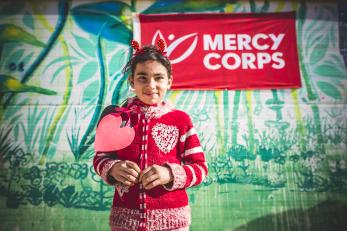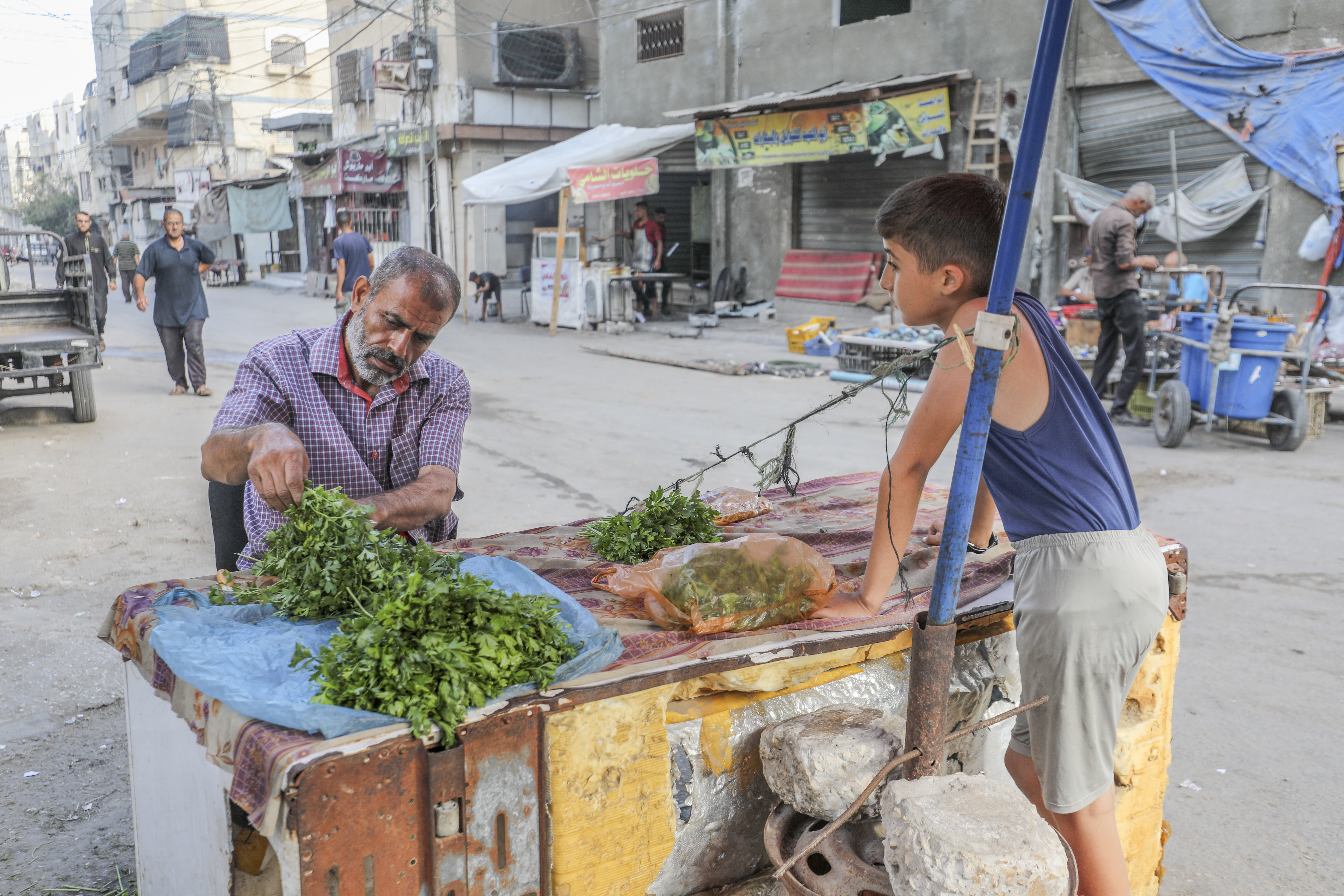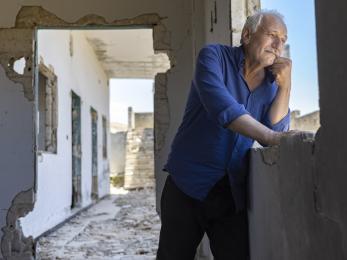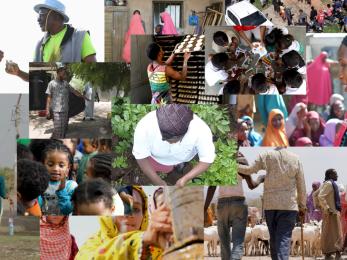The facts: What you need to know about U.S. foreign aid
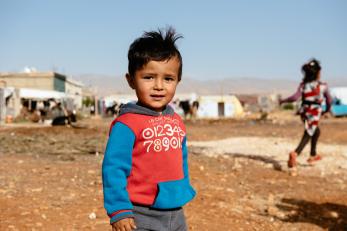
U.S. foreign assistance plays a critical role in saving lives and lifting people out of poverty around the world. With humanitarian funding from many partners, including the U.S. government, Mercy Corps is showing millions of people the path to a brighter future in countries as diverse as Syria, South Sudan, Afghanistan, Haiti and Nepal.
This work makes children healthier, families stronger, and girls more empowered. It helps communities grow and refugees heal. But right now the U.S. investment in this work is at risk. Major cuts to the U.S. foreign aid budget may be looming for the next fiscal year and beyond.
Foreign aid builds a better world for all of us. There is too much progress and too many lives at stake to pull back. Read on for more details about what this money is, where it goes, and what will be lost if it gets cut.
How much money does the U.S. spend on foreign aid?
Currently, the international affairs budget accounts for about 1 percent of the total federal budget. That’s just one cent of every taxpayer dollar. This budget — which includes funding for the State Department, the U.S. Agency for International Development (USAID), and humanitarian and development programming — comes to about $50 billion a year in a total federal budget of about $4.15 trillion.
Cuts to this small slice of the federal budget will not balance the budget or offset requested increases for other federal agencies.
Where does the money go?
Despite its small impact on the federal budget, U.S. foreign aid has a massive impact on communities around the world. It is a critical tool to help people meet their urgent needs in conflict, natural disasters, and emergencies. It saves lives and lifts people out of poverty while at the same time advancing U.S. security and leadership abroad.
The international affairs budget also funds the State Department and U.S. diplomats, who work to stop conflicts and man-made humanitarian crises abroad. These issues can have major ramifications on U.S. national interests and security.
When we commit ourselves to the international community, we are ensuring the U.S. has the opportunity to lead. If the U.S. does not uphold its commitment, it could mean that U.S. diplomats and interests aren’t even included in conversations on major international issues.
Does foreign aid work?
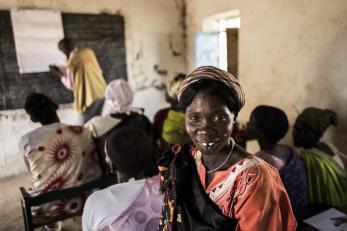
Foreign aid and development investments have a proven track record of preventing and reducing violence. USAID, the Department of State, and the international community have spent the last 15 years building an evidence base of what works when using development to reduce conflict.
We know, for instance, that the rise of Boko Haram was due in part to young men who didn’t see any other way to build a future. Many of them simply wanted loans to start small businesses, and the only option they could find was in the empty promises of an armed group.
Our work offers a better way. For example, when we provided young people in Somalia with access to civic engagement and education opportunities, the likelihood of them participating in violence fell by 14 percent, and their support for youth violence dropped 20 percent.
How is this money used?
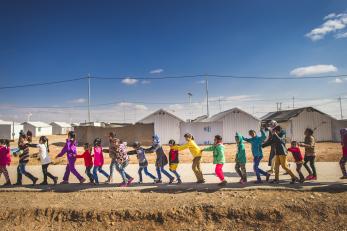
With 65 million people displaced from their homes, famine declared in parts of South Sudan, and more than 20 million more people at risk of starvation in South Sudan, Nigeria, Somalia and Yemen, the world’s most vulnerable people need the United States now more than ever. Now would be the absolute worst time to cut foreign aid.
With support from the U.S. government, Mercy Corps helps people survive through crisis, build better lives and transform their communities in more than 40 countries around the world.
Here are some examples of our U.S. government-funded work:
- We are meeting urgent needs through the delivery of food and water, non-food items, cash, psychosocial support, and sanitation and hygiene services to vulnerable families in Syria, Yemen, South Sudan, Ukraine, Colombia, Democratic Republic of Congo, Nigeria and several other countries.
- In Iraq, we help improve the emotional well-being of vulnerable young Syrian refugees and Iraqi teens who are spending their formative developmental years in conflict and crisis. Through community engagement, art, dance, sports and other activities, young people release negative emotions, increase social contact with their peers and augment their problem solving skills. We also help them build job skills and set goals to help them envision a bright future for themselves.
- We train farmers in Niger, Uganda, and Ethiopia to increase food and financial security by producing nutritious crops and healthy livestock, diversify agricultural production, and access new markets and financial services.
- In Mali, Nigeria and Central African Republic, we connect people with skills to build peace, mitigate conflict and address intra- and inter-community violence across different religious and ethnic lines.
- In Afghanistan, we provide vocational skills training for young people so that they are able to get good, quality jobs.
- Leading up to this summer’s national elections in Kenya, we are working to mitigate the risk of election-related violence.
- We help communities in Nepal, Timor-Leste and Indonesia better prepare for natural disasters, such as earthquakes and hurricanes, as well as the effects of climate change, such as landslides and flooding.
- We are providing 770 metric tons of emergency food (cereals, cooking oil and salt) and 15 metric tons of nutritional supplements for more than 90,000 vulnerable people in northeast Nigeria, including 5,000 children under the age of 5. We are also using health screening to identify children experiencing severe acute malnutrition and referring them for further medical treatment.
- We are providing cash to more than 250,000 people in Somalia, as well as increasing knowledge and education around prevention of waterborne illnesses.
- We are providing nutrition support to nearly 1,200 treatment centers in South Sudan and have constructed nearly 800 shelters to ameliorate the crowding of existing shelters, which host nearly 30,000 people. We’ve also provided 9,400 metric tons of emergency food assistance in five states.
- We are distributing emergency hygiene kits, shelter supplies and other assistance to approximately 20,000 displaced people in Yemen, as well as food assistance through cash vouchers. We’re providing psychological support to more than 50,000 children and rehabilitating 40 water access points, providing more than 800,000 liters of safe drinking water per day.
What is the risk if this money is cut?
Actions have consequences. The U.S. is the largest single-country provider of assistance in the world: If its foreign assistance is diminished, people will lose their lives, violence will spread, and U.S. security will be compromised.
While we don’t yet know how proposed cuts would be distributed across the various foreign assistance and development accounts, an approximate 30 percent cut to the budget could:
- Prevent the U.S from providing lifesaving health interventions to more than 900,000 children and more than 40,000 women in fiscal year 2018.
- Eliminate services including water, emergency health and shelter for approximately 37 million of the world’s most vulnerable people.
- Cut off 13 million people from lifesaving food aid. In fiscal year 2015, 42 million people were reached with life-saving emergency food aid.
What can we do?
Continued robust funding of U.S. foreign aid will ensure an immediate response to humanitarian needs and avert mass starvation and death. This money will support diplomatic efforts to ensure peaceful resolutions to the conflicts that drive displacement. It will provide funds to support development programs that break dependence on aid. Most of all, it will help people around the world survive through crisis, build better lives and transform their communities for good.
We must join together to protect U.S. foreign aid for the millions of people whose lives depend on it. You can help us spread the word about the value of international aid, and help us deliver more lifesaving relief to the families who need it most.
